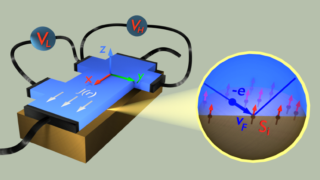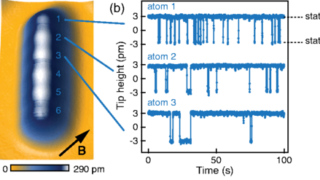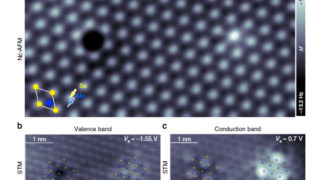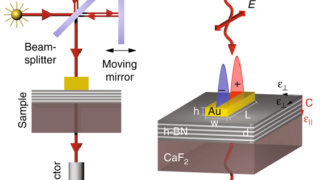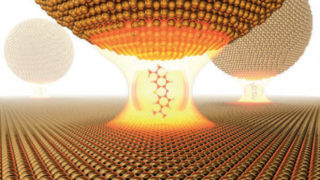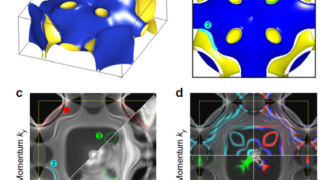
Direct observation of dynamic tube dilation in entangled polymer blends
One of the unique features of the chemistry of carbon (and, to some extent, silicon) is its ability to form long chains of atoms. Polymers are substances that have macromolecules composed of many repeating units (known as ‘mers’). Many naturally occurring substances are polymers, including rubber and many substances based on glucose, such as the […]

